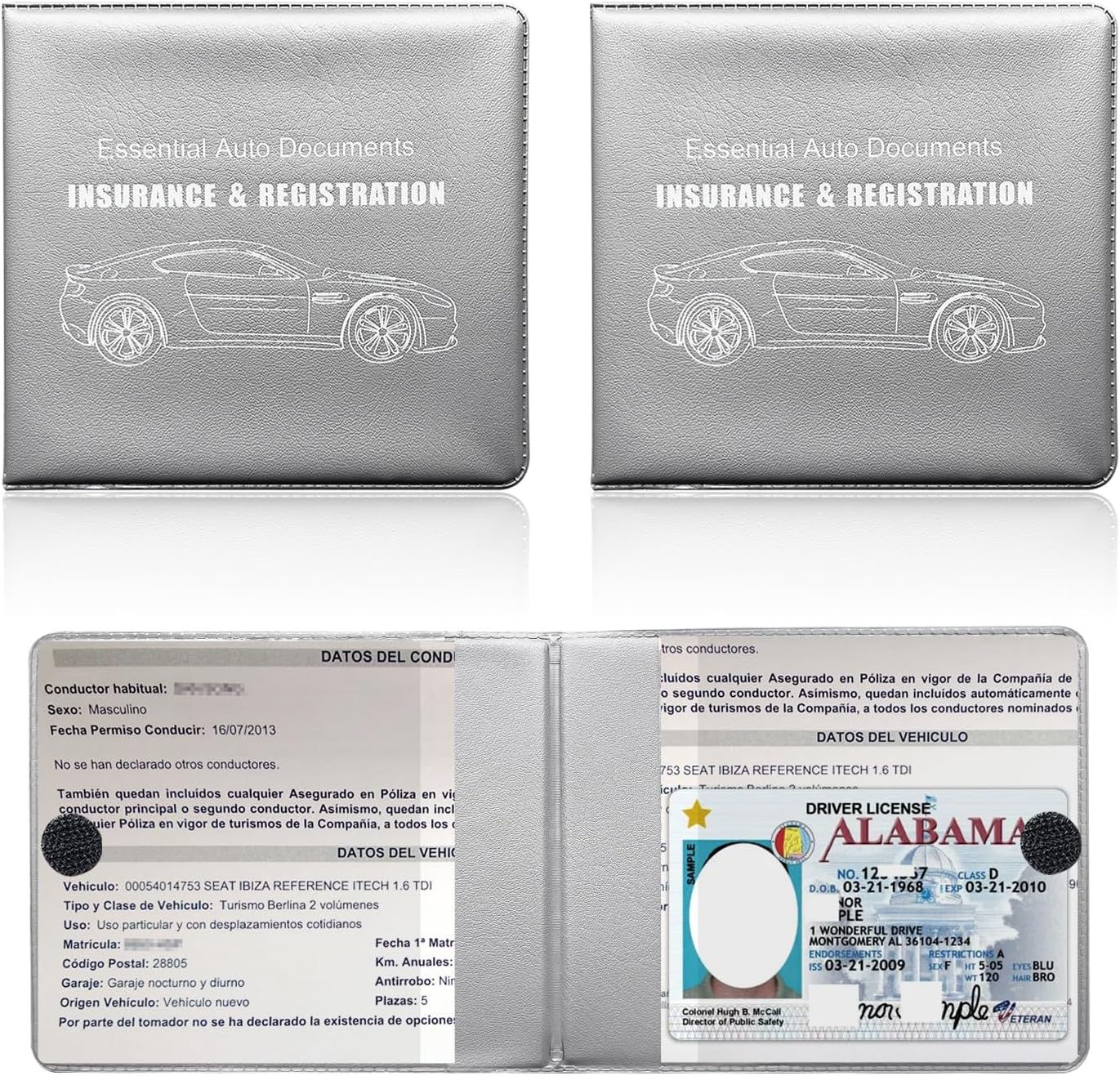Essential Paperwork for New License Plates

When embarking on the journey to get a new set of license plates, the paperwork can seem like a labyrinthine process. However, understanding and gathering the essential documents is the key to making this journey smooth and stress-free. Whether you're a first-time vehicle owner or replacing old plates, this guide will walk you through the necessary paperwork, ensuring you're well-prepared for this administrative adventure.
The Basics of Vehicle Registration

Before diving into the specific documents, it's crucial to understand the vehicle registration process. Registration is a legal requirement that validates your ownership of a vehicle and allows you to drive on public roads. Each state or country may have slightly different requirements, but some common documents are universally required:
- Vehicle Ownership Proof - This could be a bill of sale, a lease agreement, or a transfer document from the previous owner.
- Valid Identification - A driver's license, state ID, or other government-issued identification to prove your identity.
- Insurance Certificate - Proof of vehicle insurance coverage.
- Title of Ownership - For new vehicles, this is often provided by the dealership, while for used vehicles, it's transferred from the previous owner.
- Odomoter Reading - States require this to ensure compliance with environmental and fuel efficiency regulations.
- Emissions Testing Certificate - Required in areas with emission control programs.
🌟 Note: Check with your local DMV for any additional documents specific to your state or jurisdiction.
Acquiring Your New License Plates

Once you're familiar with the basic requirements, here's how to gather and submit your paperwork for new license plates:
1. Prepare Your Vehicle Title

- If buying new, ensure the dealer provides a Manufacturer's Certificate of Origin or an Application for Title.
- If used, ensure the title has been correctly transferred to you. Some states require notarization for this transfer.
- Have the title signed by all parties involved in the transfer.
2. Provide Proof of Vehicle Ownership

Provide your vehicle's purchase invoice, a bill of sale, or a receipt. For leased vehicles, bring the lease agreement.
💡 Note: Some jurisdictions might require a Certified Copy of a bill of sale or a notarized affidavit.
3. Identify Yourself

Present your driver's license or state ID. Some DMVs might accept passports or military IDs for non-residents.
4. Prove Insurance Coverage

Show proof of auto insurance, including policy number and coverage details. Many jurisdictions will only issue plates to insured vehicles.
5. Fill Out the Application Form

- Most DMVs have forms available online or at the DMV office.
- Ensure you fill out all fields accurately and completely.
6. Submit and Pay for Registration

You'll need to pay registration fees, which can vary. This might be combined with taxes on the vehicle's value or title transfer fees.
Here's a summary of the steps and corresponding documents:
| Step | Required Document | Details |
|---|---|---|
| 1 | Vehicle Title | Original title, Manufacturer's Certificate of Origin, or Application for Title |
| 2 | Proof of Ownership | Bill of Sale, Purchase Invoice, Lease Agreement |
| 3 | Proof of Identity | Driver's License, Passport, Military ID (if non-resident) |
| 4 | Insurance Certificate | Proof of Insurance Coverage |
| 5 | Application Form | Filled out accurately |
| 6 | Payment | Vehicle registration fees, taxes, and title fees |

Key Takeaways

Registering your vehicle and acquiring new license plates is not just about meeting legal obligations; it's an important step in establishing your ownership and ensuring your vehicle's compliance with road regulations. The paperwork involved can be intricate, but with the right preparation, it becomes manageable:
- Ensure all required documents are present and filled out correctly.
- Understand local regulations and specific requirements.
- Keep track of deadlines to avoid fines or delays.
📚 Note: Keeping copies of all paperwork is advisable for personal records.
By staying organized, understanding your local DMV's requirements, and maintaining proper documentation, you can streamline the license plate acquisition process, avoiding common pitfalls and delays. Remember, while this guide provides a general overview, always check with your local authorities for specific requirements as they can change and vary widely from one jurisdiction to another.
What if I lose the vehicle title?

+
If you lose the title, contact your DMV to obtain a duplicate. You may need to file for a lost title, pay a fee, and wait for a replacement. Some states allow for online requests, while others require in-person visits.
Do I need to notify the DMV if I move to a new address?

+
Yes, inform your DMV about any change in your address promptly. They’ll update your records, which is crucial for sending important notices and registration renewals.
What should I do if I need special or personalized license plates?

+
Check your state’s DMV website for available characters and fees. You’ll usually fill out a special application form, provide your choices for the plate, and pay an additional fee for personalization or specialty plates.